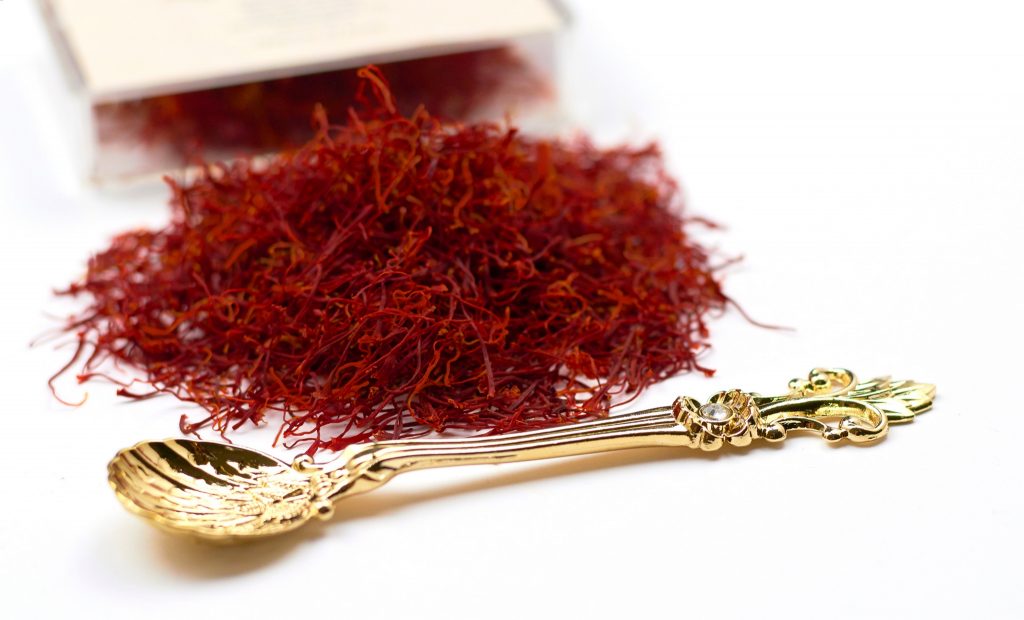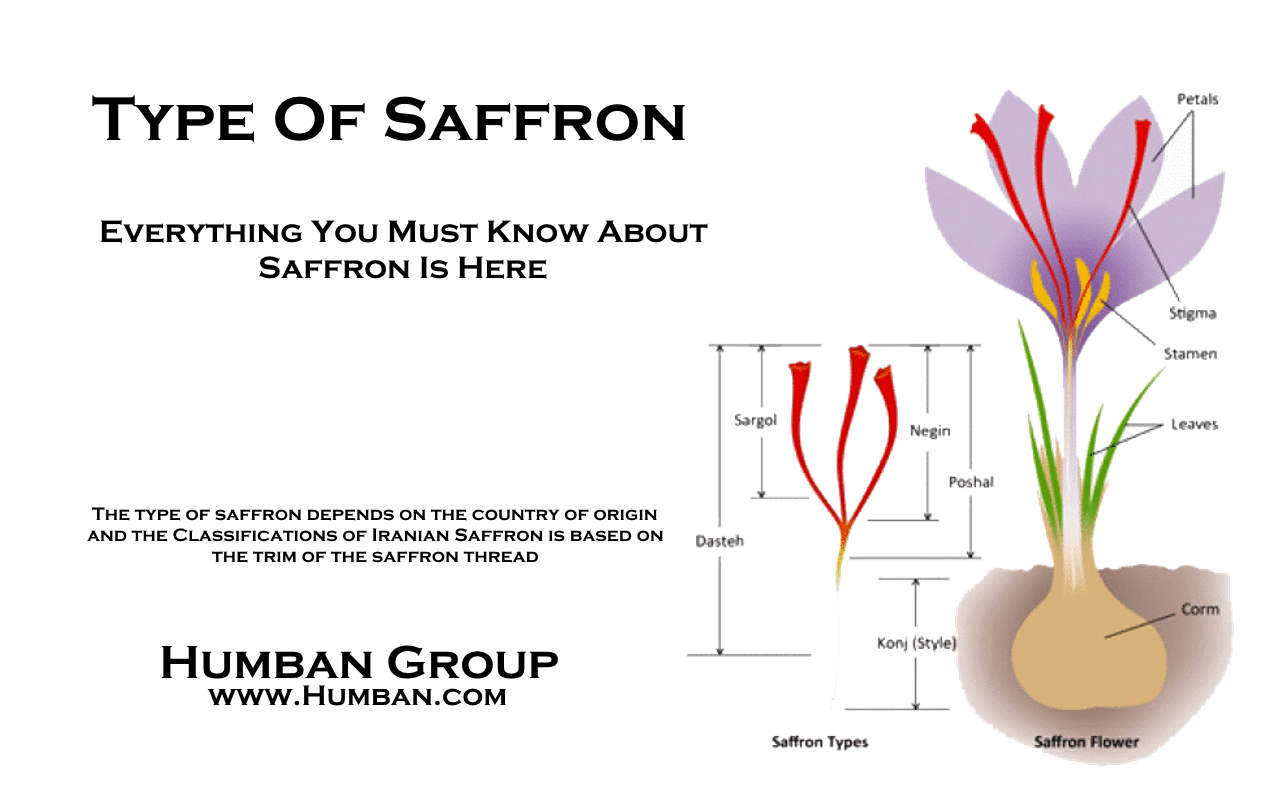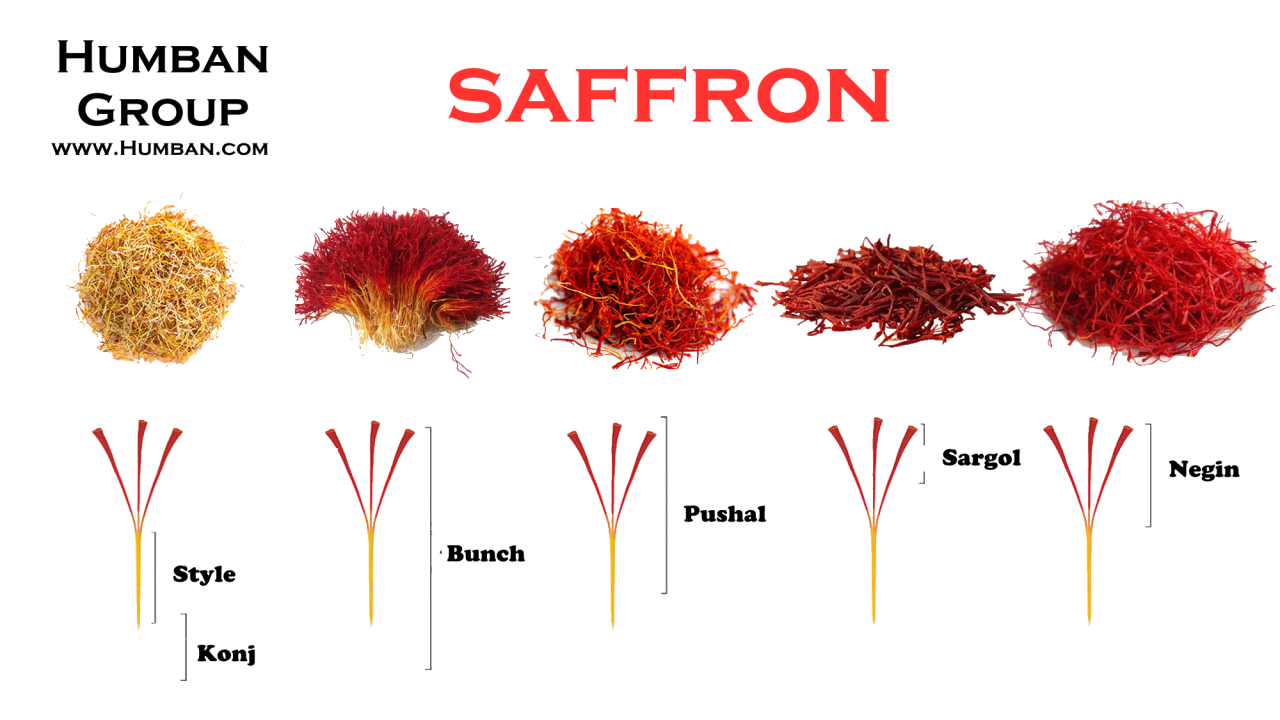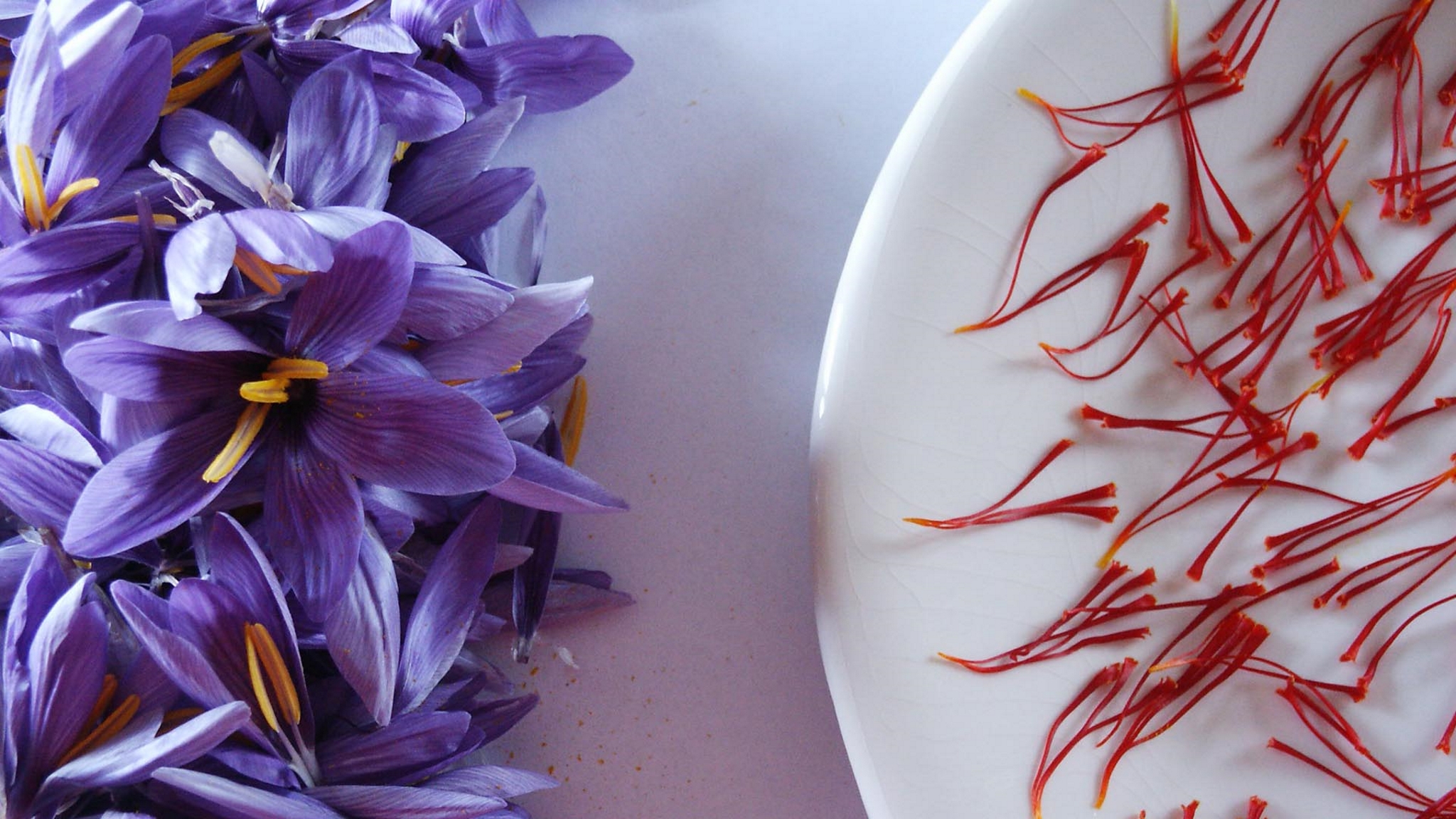SAFFRON

Packaging : 250g | 500g | 1kg
Aromatic strands of crocus sativus Saffron has been cultivated for more than millenniums in Iran and is the strategic agricultural products of Iran , which more than %90 of world production of this Treasure of Spice, comes from hear every year. Saffron which is also known as Red flower is used as a natural coloring & aromatic in foods, pastries, beverages, pharmaceutical, etc. Medical searches proved that consuming of 3 grams saffron every month is caused refreshing mentally and physically
| product | Saffron |
|---|---|
| Latin Name | Crocus Sativus |
| Style | Dried |
| Form | Filaments |
| Color | All Red |
| Part | Only Dried Stigmas |
| Place of Origin | Iran |
| Brand Name | THE PEACEFUL WORLD (from Iran to the Globe) |
| Source of Saffron | Iran, the world’s largest producer (by FAO & World Bank) |
| Quantity | Minimum 1kg |
| Packing | 10gr net in one food grade plastic bag inside a Metal Box (10gr x 50 PCS Metal Box = 500gr) in a GIFT box. |
| Delivery time | 5 days after Order Confirmed |
| Shelf Life | 24 months |

The type of saffron depends on the country of origin and the Classifications of Iranian Saffron is based on the trim of the saffron thread. The six types of Persian saffron are:

About Saffron
Purple flowered saffron (crocus sativus) is a beautiful plant which contains fascinating fragrance and outstanding characteristics.
This plant is a typical long genus of low herbs related to Irises (Iridaceae) family. It has brightly colored flowers born only in early spring.

How to Identify Pure Saffron: Real vs. Fake Saffron
The differences in the taste profiles of real and fake saffron are pronounced. Fake saffron —which is often colored with red food coloring or other foreign substances — will either lack flavor entirely or have a bitter metallic taste. On the other hand, real saffron will have a strong floral scent and the will have a floral and earthy taste, the kind of flavor you’re looking for saffron to impart.
Saffron is the harvested stigma of the autumn crocus flower, also known as the saffron crocus. Each flower produces only three stigma at a time, meaning it takes between 50,000 and 75,000 flowers to produce just 1 pound of saffron spice. To put it another way, that pinch of saffron you’re throwing in your paella? Those twenty-ish stigma have come from seven different flowers.
For knowing real and fake saffron you must first know about the physical feature of this expensive spice. Freshly dried Saffron is glossy and greasy to touch, turning dull and brittle with age. It gets easily bleached if not stored in the dark and also stores better under conditions of low temperature and low relative humidity. The high price of this spice gives rise to frequent adulterations. Water is sometimes added in order to increase its weight. Oil or glycerin is also added for the same purpose or to improve the appearance. Sometimes the flowers of other plants are mixed with the genuine stigmas. High-quality saffron threads are typically fine and uniform in size. One end usually has a trumpet-like shape, while the other has a thin, tendril-like appearance. If you notice that the saffron is irregularly shaped, features shreds instead of strands, or contains bark, it’s probably inferior quality. If the threads have a frayed, almost worn appearance that can also be an indication that the saffron is of poor quality.
- Grade – The highest quality saffron is typically from Iran and they are sold in grades. You can check the saffron grade, often printed on the packaging. All Humban Saffron products are the highest quality, Grade A saffron.
- Age – Like other food products, the fresher the saffron, the higher its quality will be. Make sure to check for signs of old age such as broken threads that can indicate old saffron or poor handling. Pure saffron should be dry, so make sure that the saffron is not moist.
- Packaging – To preserve freshness, saffron should always be stored in a cool place, in an air-tight container and away from direct light. High-quality saffron will almost always have air-tight packaging, such as the tin containers used for Humban products, that does not allow light to reach to threads.
- Cost – High-quality saffron will be expensive due to the production process. Cheaper saffron brands will be mixed with other ingredients or contain added chemicals.
- Color – The red stigmas of the saffron threads indicate full flavor and taste. While the white and yellow portions of the style also provide many health benefits, they will lower the grade and cost of saffron.

Specifications of Purple Flower Saffron
It’s believed to be originated from the Mediterranean Sea region and the Middle East, Iran in particular.
This flower (herb) is native to Iran and first was discovered on the slopes of Zagros Mountains in the Median Era (559-790 BC).
Over the centuries, the distinctive properties of this plant made it the King of all Spices.
The region of Ghayen (southern part of Khorasan Province-Iran) is the best farming zone for saffron, due to its unique climate and rich soil.
Descriptions
Grades of Saffron:
N: (NEGIN SARGOL)
Top High Quality: Very Strong in Stigmas, and highest power in coloring (260-280) Category superb.
NP: (NEGIN PUSHALI)
Top High Quality: Very strong in Stigmas, and highest power in coloring (240-260) Category superb.
S1: (SARGOL)
Top Quality: Strong in Stigmas, and higher power in coloring (230-250), with no broken
Category I in ISO 3632
S2: (SARGOL)
Best Quality: not too strong in Stigmas but with lower in coloring strength (210-230)
Category I in ISO 3632
P1: (PUSHALI)
This grade of Stigmas is joinded in 2’s or 3’s at the end of portion of the style, and is excellent for presenting as a gift and suitable for packing.
Spanish Name: Mancha, Category I in ISO 3632
The color strength (220-240)
C1: C1 Bunch: (DASTEH)
Top quality Dasteh, contains the whole Filament with lower in coloring strength (150-180)
Category III is ISO 3632
E: (RIO)
This quality is obtained by cutting the yellow part (style) at the level of 850gr. Per Kilo.
Lower in coloring strength (160-180)
Category III in ISO 3632
